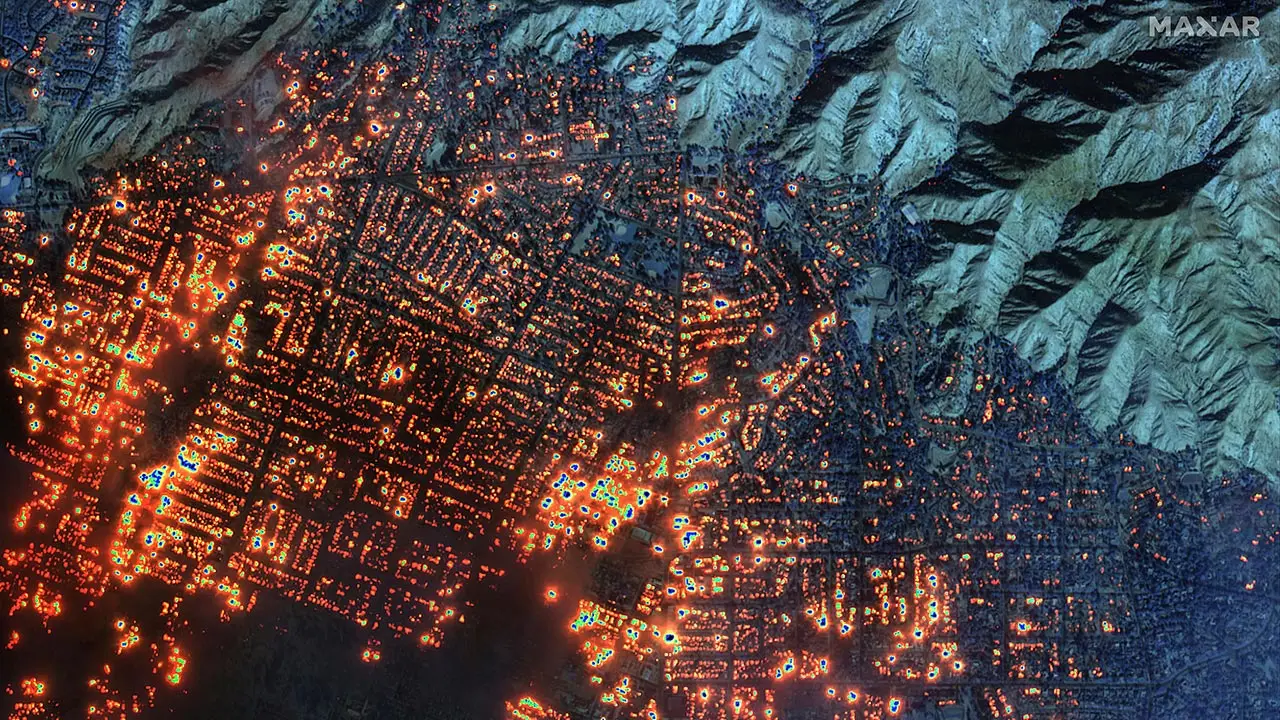The South Bronx is a coastal community without a waterfront. Severed from the shore, two South Bronx neighborhoods—Mott Haven and Port Morris—are saturated with waste facilities, power plants and warehouses, and crisscrossed with highways that carry diesel trucks throughout the community. Local residents experience significantly more asthma hospitalizations that elsewhere in New York City, and children have some of the highest asthma incidence rates in the country.
In the South Bronx, aka Asthma Alley, the signs of environmental racism are impossible to ignore. The story, however, doesn’t have to end there. Organizations like South Bronx Unite seek to build community-led access to the waterfront and green spaces to help abate such persistent health issues.
This past June, South Bronx Unite led the Columbia M.P.A in Environmental Science and Policy (MPA-ESP) cohort around their neighborhood. The MPA-ESP program seeks to combat environmental inequity through science-led policy and empathy-driven advocacy. Through Steven Chillrud’s class on environmental chemistry and the health implications of air pollution—Chillrud is a research professor at the Lamont-Doherty Earth Observatory, which is part of the Columbia Climate School—this group of students observed the real-life relevance of the program’s stated goals.
While the class stood along the banks of the Harlem River, South Bronx executive director Arif Ullah described how environmental racism plays out in his community. For one, the South Bronx handles almost a third of all waste generated in New York City, despite containing only 6.5% of the city’s population, and experiences hundreds of diesel trucks driving through their community on a daily basis. “You don’t see that in wealthy communities,” said Ullah. “You see that in poor communities.”
Leslie Vasquez, clean air project organizer at South Bronx Unite, told the ESP cohort about the necessity of water and garden access as a tonic for the continuing harm levied against her community.
South Bronx Unite came from a community in pursuit of self-determination in the face of decades of city-sanctioned pollution. In 2013, South Bronx Unite filed a lawsuit against the city for their proposed, and taxpayer-subsidized, relocation of FreshDirect to the Harlem River Yards, further exacerbating existing health issues in the community. South Bronx Unite lost that case.

“We came together and we fought against…pollution,” Vasquez told the students, but “they disregarded us.” Access to clean air improves health, which improves productivity, which improves life outcomes, opined Ullah. “We lost that battle but that doesn’t mean it’s over,” Vasquez added.
Vasquez talked about 60,000 community members in the South Bronx, many of whom have health problems that are likely linked to the high levels of PM 2.5 from the diesel truck fleets, the noxious vapors from waste facilities and the persistent noise pollution along the highways. We see homes pushed up against industrial sites and, as Ullah stated, the community is “surrounded by pollution,” she said. South Bronx Unite is urging government and industrial companies alike to do better by their community. Through air quality monitoring, the organization is able to see the difference between areas near green spaces and by power plants, which furnishes them with the data required to advocate for their own health and well-being.
The highways that cut through the South Bronx are not there by happenstance, Vasquez told the Columbia students. “These highways follow Robert Moses’ plans…dividing our communities,” she said. The South Bronx “is still experiencing the product of those projects today.” Grassroots organizations, like South Bronx Unite, seek to remedy these past wrongs.
Through community-led implementation of a waterfront plan and the expansion of green spaces in city-owned lots, South Bronx Unite is trying to counteract what Ullah termed the “ripple effects” of generations of pollution and improve the quality of life across the community.

Columbia’s MPA-ESP program melds science with practical policy application. Invigorated by South Bronx Unite’s advocacy against air pollution and environmental injustice, our students hope to inspire real change and create a healthier, more equitable future.












/https://tf-cmsv2-smithsonianmag-media.s3.amazonaws.com/filer_public/34/31/3431771d-41e2-4f97-aed2-c5f1df5295da/gettyimages-1441066266_web.jpg)



![Tunisia: President of Republic Meets PM and Stresses ‘Need to Break With ‘Old Laws’ [upd 1] Tunisia: President of Republic Meets PM and Stresses ‘Need to Break With ‘Old Laws’ [upd 1]](https://cdn08.allafrica.com/static/images/structure/aa-logo-rgba-no-text-square.png)


Discussion about this post